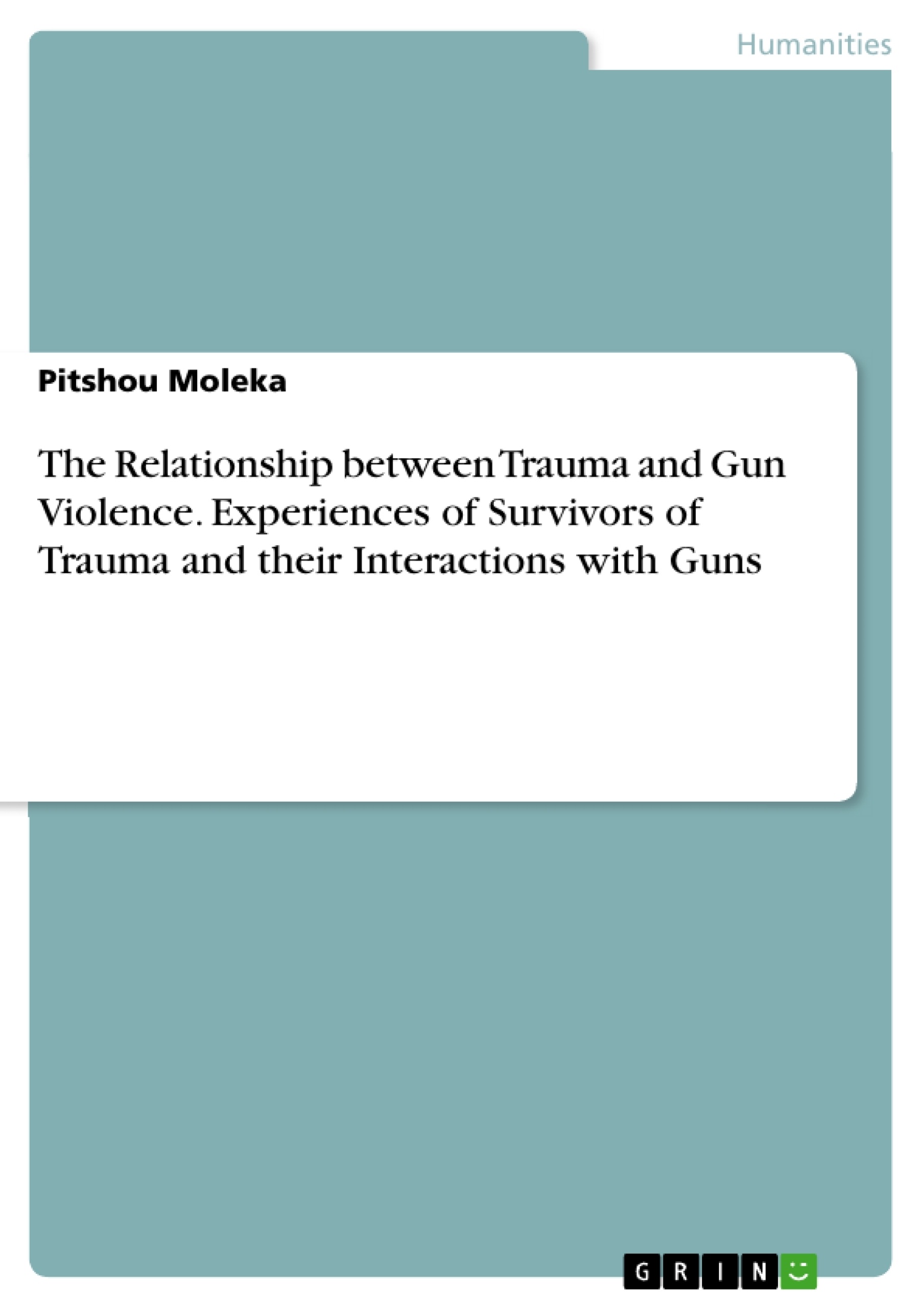This book explores the relationship between trauma and gun violence, examining the experiences of survivors of trauma and their interactions with guns, different types of trauma, and the psychosocial effects of trauma, including depression, anxiety, substance abuse, and prevention and intervention strategies. The study of trauma experience and firearms risk represents a significant departure from traditional approaches to gun violence prevention. While efforts to reduce access to firearms and strengthen gun control laws remain important, this research recognizes the importance of understanding the underlying psychological and social factors that contribute to gun violence. By examining the relationship between trauma and firearms risk, this field of study sheds light on the profound impact of trauma on individuals and communities and highlights the need for trauma-informed approaches to gun violence prevention.
The issue of gun violence has been a topic of discussion in the world for decades. The debate about gun ownership and control has been fueled by tragic events such as mass shootings, killings, and suicides are just a few of the horrific incidents that have sparked a discussion about gun ownership and legislation. While the causes of gun violence are complex, research has shown that experiences of trauma can increase the risk of gun violence.
Table of Contents
- Approach
- Recognizing trauma
- Types of Trauma
Objectives and Key Themes
This book explores the relationship between trauma and gun violence by examining the experiences of trauma survivors and their interactions with firearms. The research delves into the psychological and social factors that contribute to gun violence, recognizing the need for trauma-informed approaches to gun violence prevention.
- The impact of trauma on individuals and communities affected by gun violence.
- The relationship between trauma and firearms risk.
- Trauma-informed approaches to gun violence prevention.
- The different types of trauma and their effects on individuals and communities.
- The psychosocial effects of trauma, including depression, anxiety, and substance abuse.
Chapter Summaries
- Approach: This chapter discusses trauma-informed approaches to gun violence prevention, emphasizing the importance of addressing the root causes of violence and promoting healing and resilience among those who have experienced trauma.
- Recognizing trauma: This chapter defines trauma as a tissue injury resulting from violence or accidents and explores the body's physiological response to trauma. It discusses trauma-induced coagulopathy and its impact on trauma patients.
- Types of Trauma: This chapter covers various types of trauma, including childhood traumatic events (ACEs), disasters/mass trauma, and domestic violence, highlighting their detrimental impact on individuals and communities.
Keywords
This book focuses on the key concepts of trauma, gun violence, trauma-informed approaches, and prevention strategies. It explores the various types of trauma, including childhood traumatic events, disasters/mass trauma, and domestic violence. It also examines the psychosocial effects of trauma, including depression, anxiety, and substance abuse.
- Quote paper
- Pitshou Moleka (Author), 2023, The Relationship between Trauma and Gun Violence. Experiences of Survivors of Trauma and their Interactions with Guns, Munich, GRIN Verlag, https://www.grin.com/document/1362852



